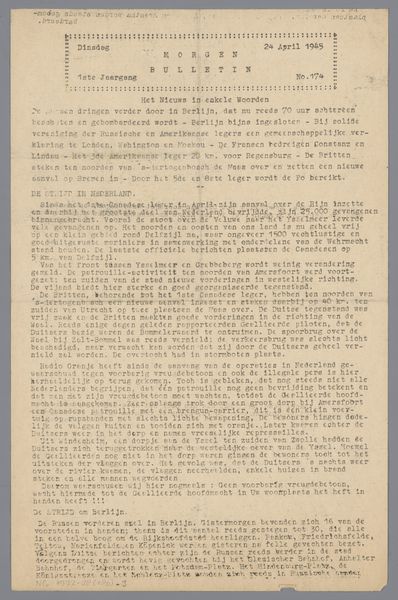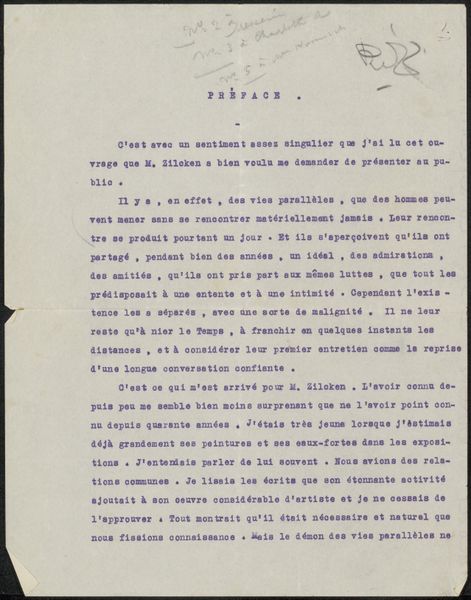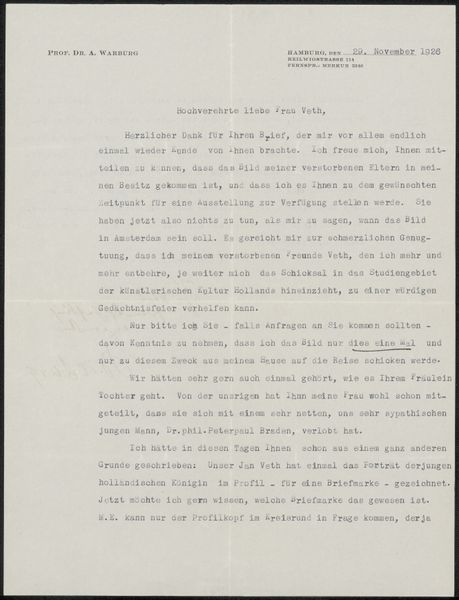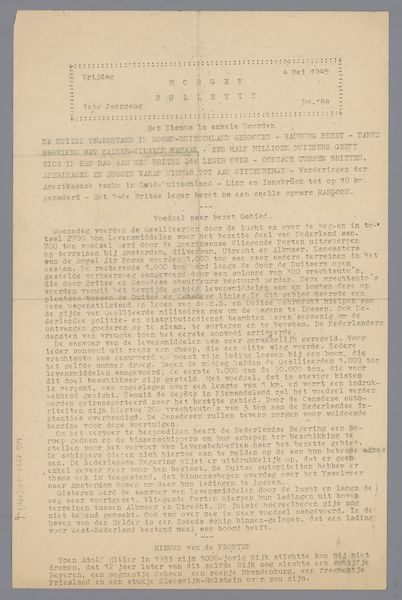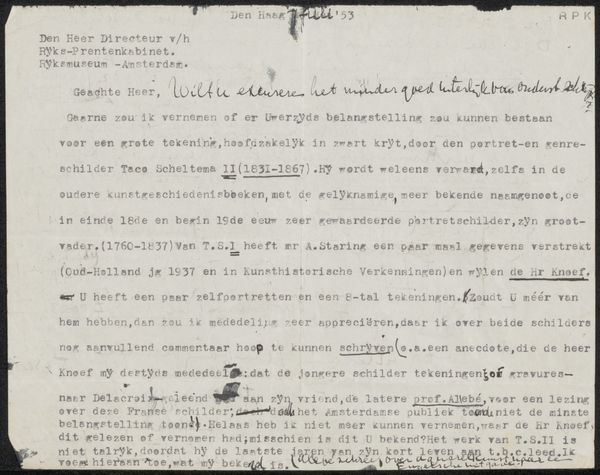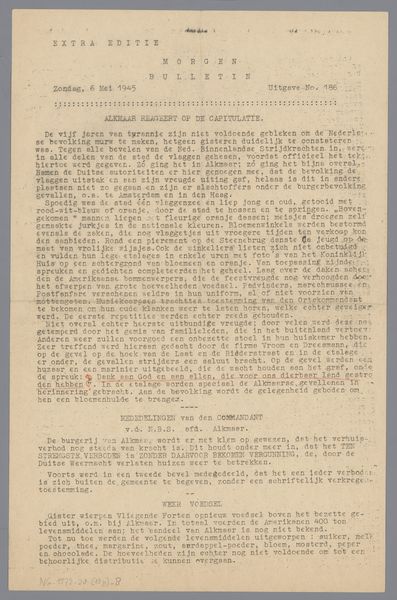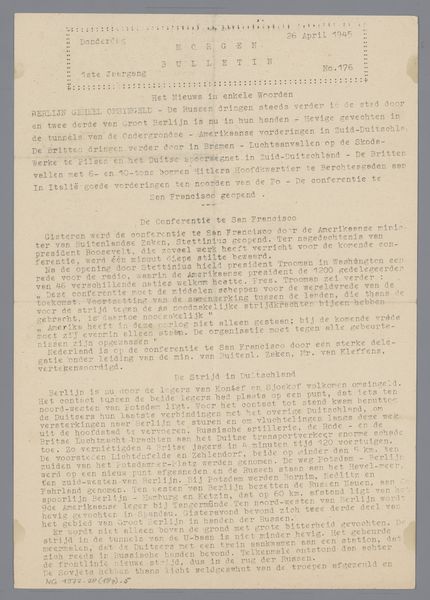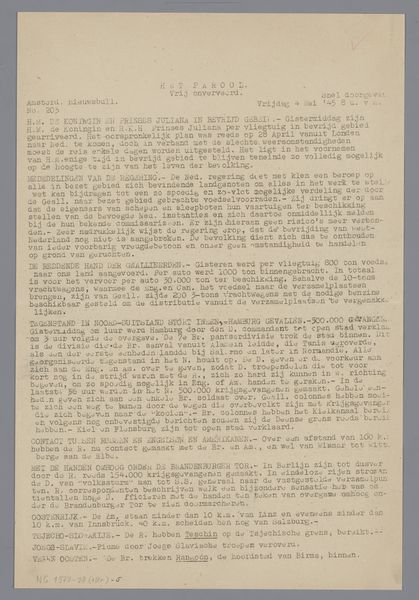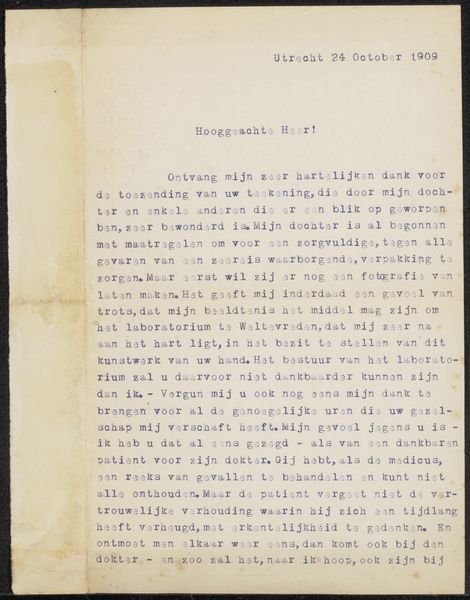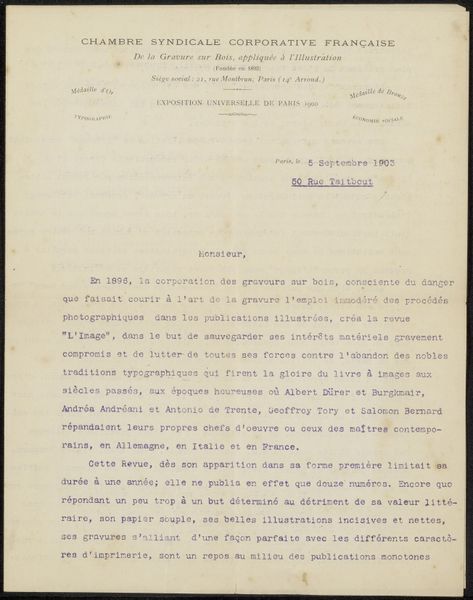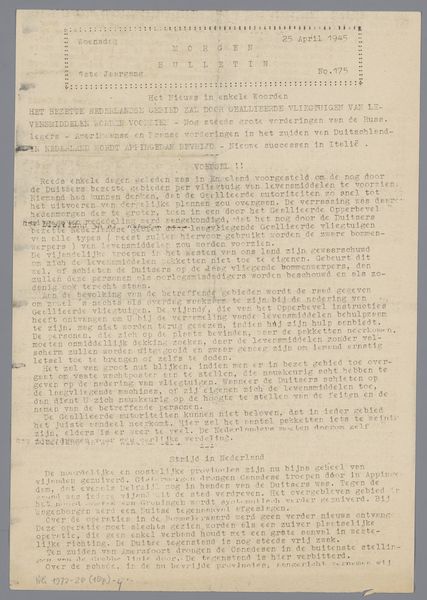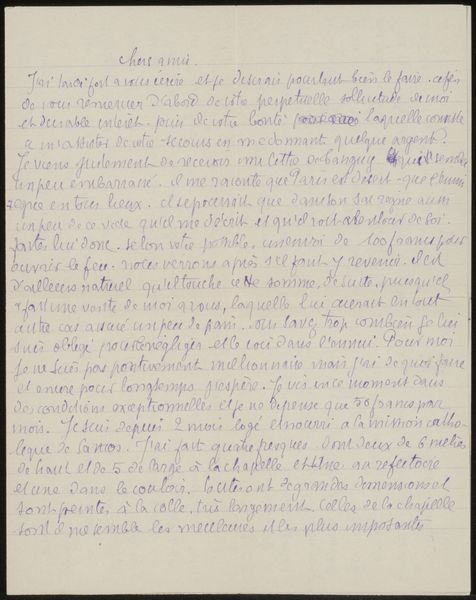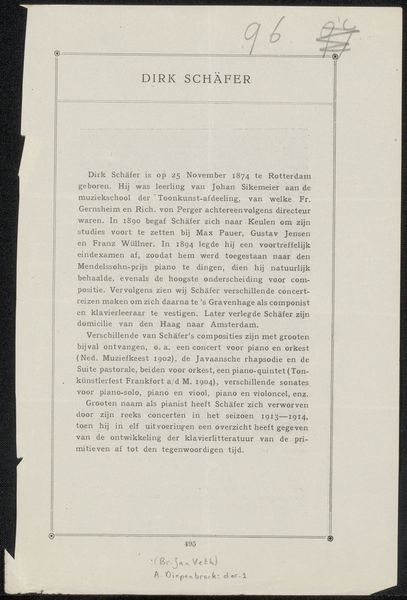
drawing, paper, ink
#
drawing
#
dutch-golden-age
#
paper
#
ink
#
calligraphy
Copyright: Rijks Museum: Open Domain
Curator: Here we have "Document uit archief Jan Veth," dating from before 1917, currently held at the Rijksmuseum. The work consists of ink on paper, showcasing elements of calligraphy reminiscent of the Dutch Golden Age. What strikes you first about it? Editor: It feels surprisingly intimate, despite being a document. The tight script and the slightly yellowed paper give it a sense of fragility, as if handling a whisper from the past. The composition, crammed with text, lends a serious air, a monument to long lost memories or long forgotten lives. Curator: Absolutely. Considering its materiality, we have to acknowledge the social implications embedded in its creation. This isn't just ink on paper; it represents the labor, the skill of the writer, the very act of preserving information within a specific cultural and economic context. The choice of materials speaks volumes about accessibility and intended audience. Editor: From a formal standpoint, look at the density of the ink strokes against the pale paper. The hand creates a powerful contrast of dark and light, lending the text a remarkable texture and presence. This tension between elements visually communicates urgency. The calligraphy, while functional, carries aesthetic weight. Curator: Beyond the aesthetic impact, consider its purpose. This is likely an official record, a communication intended for specific eyes. It serves not just as an artistic creation but also as a means of societal regulation and communication. Editor: I see that. Yet, even a mundane document like this can embody deeper meaning. This document, in essence, represents history captured. Its enduring legacy persists as it guides a visitor such as us. The simple choice to keep this rather plain looking page has its own appeal. Curator: I agree. Studying such archival material allows us to challenge our established understanding of value. We examine beyond the surface of aesthetic preference, interrogating the social and economic circumstances which influenced its very creation. Editor: Indeed. By shifting our gaze from high art objects to such simple, everyday works as this page, we unlock complex interplays between creation, use, preservation, and a cultural value. Curator: Analyzing pieces like this reminds us to question conventional ideas about art, recognizing it not only as artistic endeavor but equally as the outcome of distinct economic conditions. Editor: And by analyzing the relationship between form, process, and concept within pieces, it becomes so clear why this simple page survives a century later as a testament of value, not just usefulness.
Comments
No comments
Be the first to comment and join the conversation on the ultimate creative platform.
